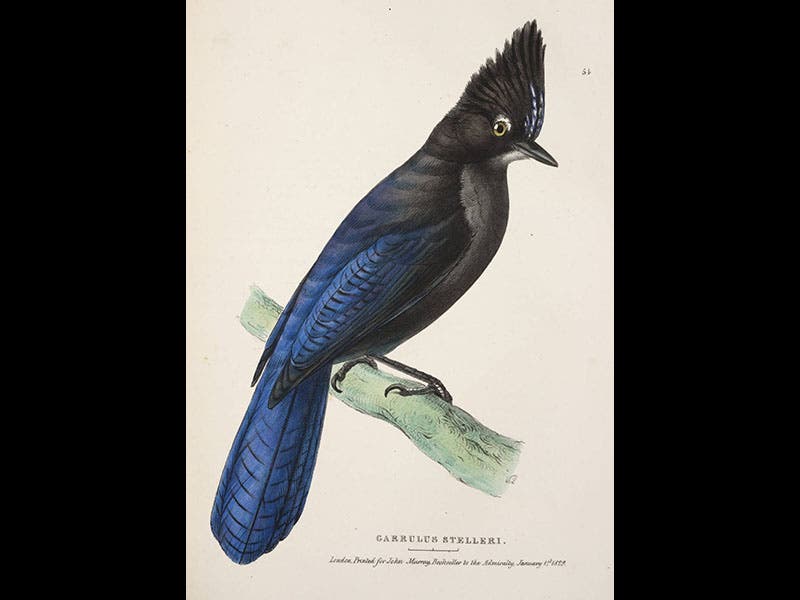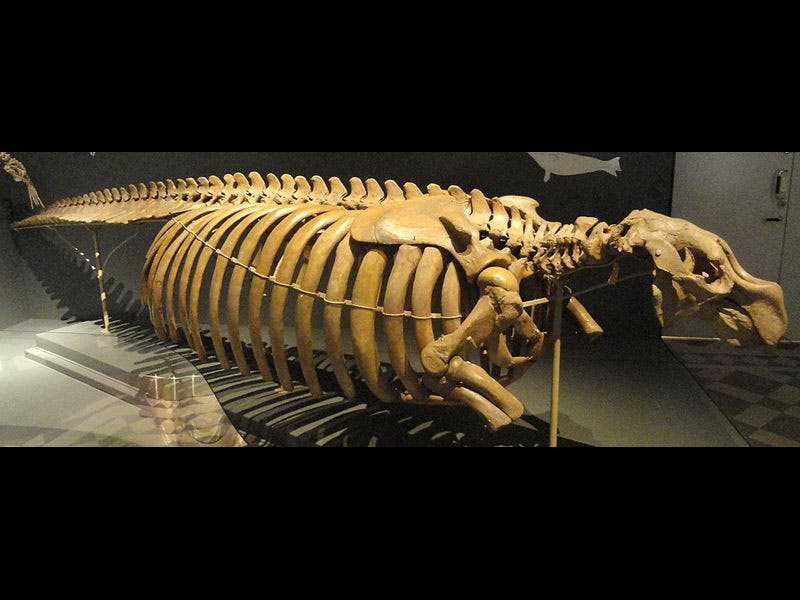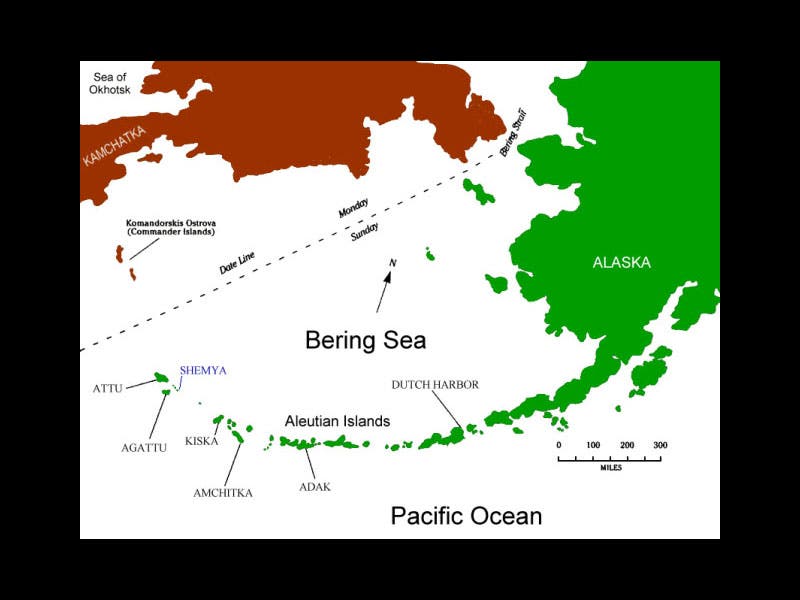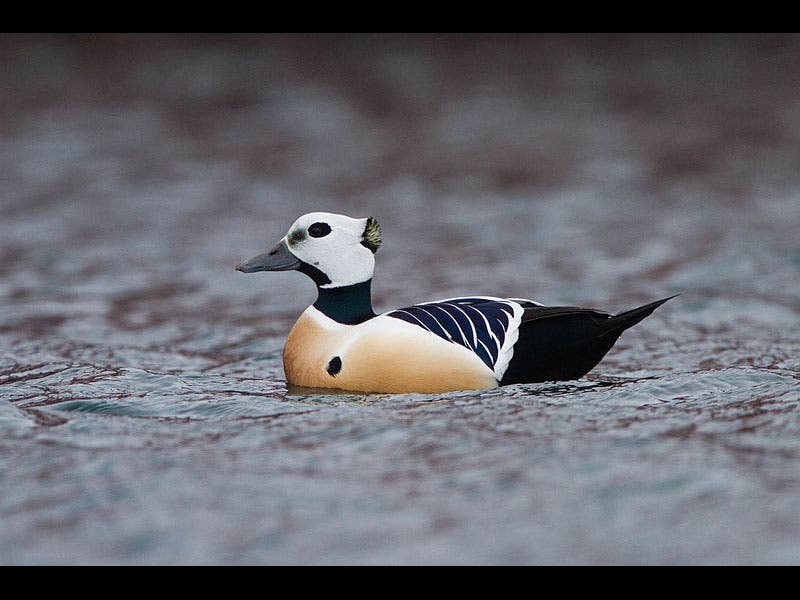Scientist of the Day - George Steller
George Steller, a German zoologist and explorer, was born Mar. 10, 1709. Steller moved from Germany to St. Petersburg, and from there he joined the second exploring expedition of Vitus Bering in 1740. The Bering expedition made its way to the Kamchatka peninsula on the Pacific Coast of Russia, and then, in 1741, to Alaska. Steller was the first naturalist to explore the Alaskan coast, where he observed, among other things, a bright blue jay with a black head that would later be named after him, Steller's jay (first image). The image is from a book in our collection, Fauna Boreali-Americana (1829-37), by John Richardson; the bird volume of this set contains hand-colored lithographs by William Swainson.
But back to Bering and Steller. On the return voyage, the crew was stranded on Bering Island, in the Commander Chain in the Bering Sea, where they had to overwinter, and most of the crew, including Commander Bering, died of scurvy. But Steller took the opportunity, if that is what it was, to study the animal life, and he was the first to observe the remarkable sea cow now known as Steller's sea cow. It stretched nearly twenty-five feet long, was quite peaceful, and fed on kelp. There is no illustration of Steller’s sea cow in the Fauna Boreali-Americana because, within thirty years of discovery, it had been hunted to extinction. The best we can do is show you a skeleton that has been preserved in the Finnish Museum of Natural History (second image). The Commander Islands are shown on this map (just above the date line) although Bering Island is not marked (third image)
Steller survived the winter that killed Bering and most of his crew, and returned to Kamchatka, but within four years, he himself died of a fever, at just 37 years of age. Because of his early death, his publications are scanty; we have his original article on the animals of Bering Island, including the sea cow, in the journal of the Imperial Academy of Sciences of St. Petersburg, for the year 1751. It has plates of the northern fur seal, and a sea otter, but for the sea cow, it only shows its curious jaw plates, not the entire animal. Of Steller himself, there is not a portrait or a statue to be found. It is a good thing he has lots of flora and fauna named after him. We leave you with Steller’s eider, a striking sea duck that lives along the coast of the Bering Sea (fourth image).
Dr. William B. Ashworth, Jr., Consultant for the History of Science, Linda Hall Library and Associate Professor, Department of History, University of Missouri-Kansas City. Comments or corrections are welcome; please direct to ashworthw@umkc.edu.






![“Aurora Borealis,” hand-colored wood engraving by Josiah Wood Whymper, [Natural Phenomena], plate 2, 1846 (Linda Hall Library)](https://assets-us-01.kc-usercontent.com:443/9dd25524-761a-000d-d79f-86a5086d4774/0245ffcb-b70c-477c-8792-0a73ebd54eb2/Whymper%2011.jpg?w=210&h=210&auto=format&fit=crop)



